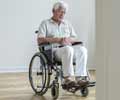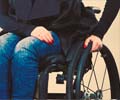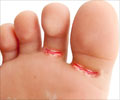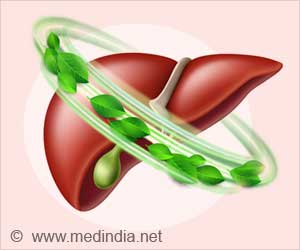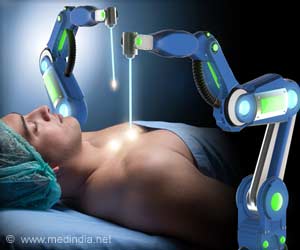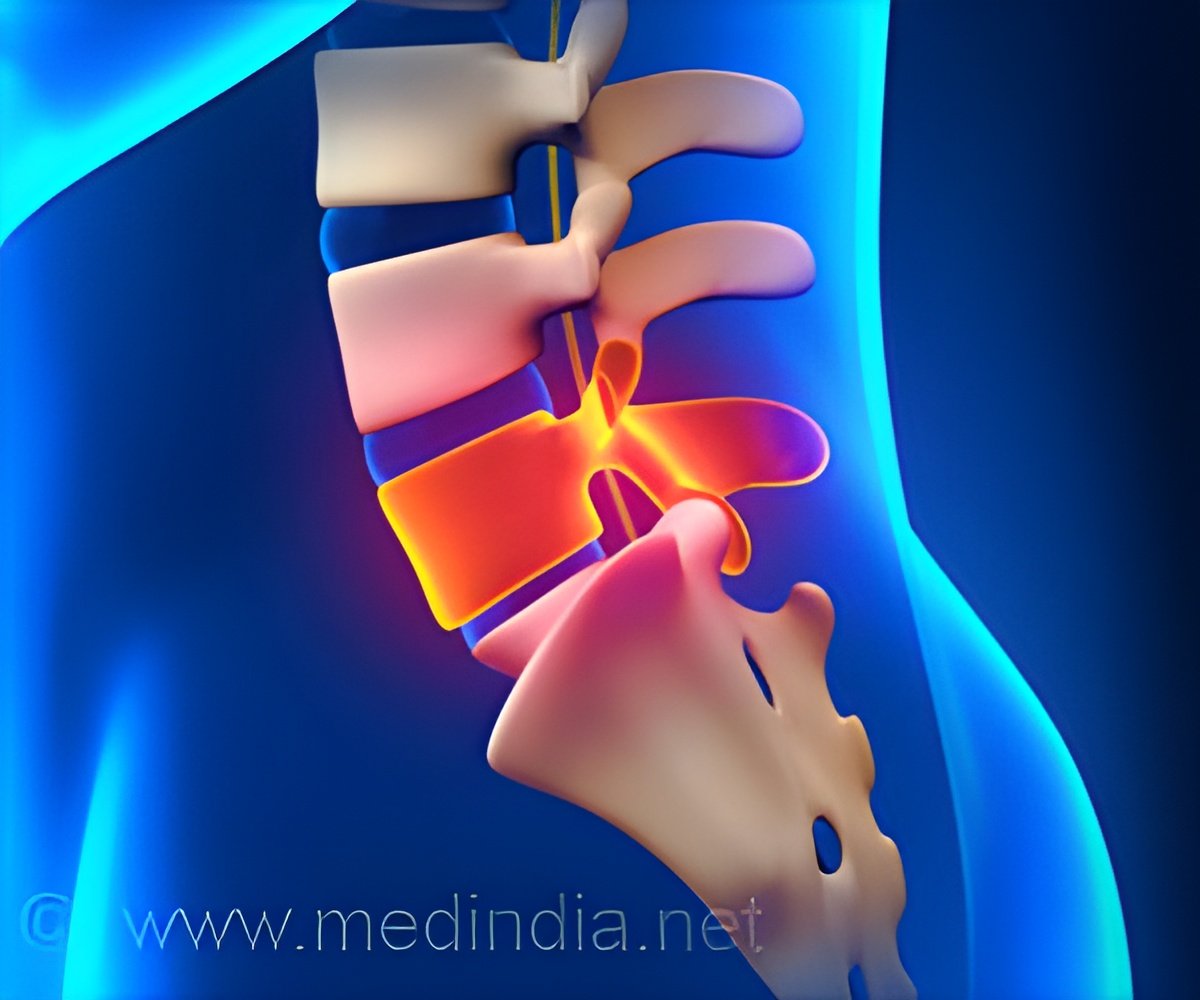
‘New study explores the remarkable ability of the jawless fish called the lamprey to recover from spinal cord injuries.’
Tweet it Now
The study could inspire new therapeutic approaches in humans or algorithms for locomotion in soft robots. The paper is published in Proceedings of the National Academy of Sciences. “The punchline of the paper is that even in the absence of descending command across that [spinal] lesion, you can boost the sensory feedback and restore locomotion,” said Morgan, MBL Senior Scientist and Director of the MBL’s Eugene Bell Center for Regenerative Biology and Tissue Engineering.
Exceptional Ability of Lampreys Fish
Unlike humans and other mammals, lampreys recover quickly and almost completely even after severe lesions high up in the spinal cord.Morgan previously discovered that although neural regeneration does aid recovery in lampreys, it doesn’t tell the full story. Only a small percentage of the neurons and neuronal connections are restored across a spinal injury, so they must use another mechanism.
“I had all of these questions about how that could possibly work. How could you get a functioning nervous system with a few small sparse connections?” Morgan asked.
Advertisement
Morgan had reached out to discuss this with an old friend of hers from MBL, Eric Tytell, Associate Professor of Biology at Tufts University and former MBL Whitman Center Investigator.
Advertisement
Tytell, Fauci, and Hamlet were using mathematical models to mimic movement in lampreys. They teamed up to “see if we could model some of the effects of sensory feedback on swimming behavior in lampreys,” said Hamlet, who is currently an Assistant Professor of Mathematics at Bucknell University.
The team began playing around with different scenarios of spinal injured lampreys – including both biologically plausible and implausible ones – all of which assumed no neural regeneration across the spinal cord lesion. This is the utility of modeling, said Hamlet, “We can break things that you can't break in biology.”
The model took into account the curves and stretch created in the body above the lesion and sent that information to the rest of the body through the muscles, not the spinal cord.
Neural Regeneration: With Lampreys, No Longer a Dream!
Even with a moderate amount of sensory feedback, the models showed a surprising recovery of swimming patterns in the biologically plausible models. Stronger sensory feedback led to even greater improvement.Because lampreys do grow back some of their neurons after a lesion and therefore have descending command from the brain to drive movement, they may need even less sensory feedback than the model. The team hopes to add neuronal regeneration into the model and test how that affects movement and interacts with sensory feedback.
"If you have a good computational model, you can go through so many more scenarios of manipulations than is practical with experimentation,” said Morgan.
The team hopes that this study and future research will contribute to therapies for humans with spinal injuries and diseases that affect movement.
Brain-machine interfaces and stimulator devices are beginning to incorporate body-sensing feedback to create smoother movements after injury, and this research could inform the amount and type of feedback that humans need.
“Whether you're an animal like a lamprey that [recovers] spontaneously or a human that needs to be given a drug or an electrical stimulator device, getting to the point where you have a few things in the right place and then reuse what's already there should be more achievable than trying to recapitulate the identical original pattern of synaptic connections and growth,” said Morgan.
Source-Eurekalert


